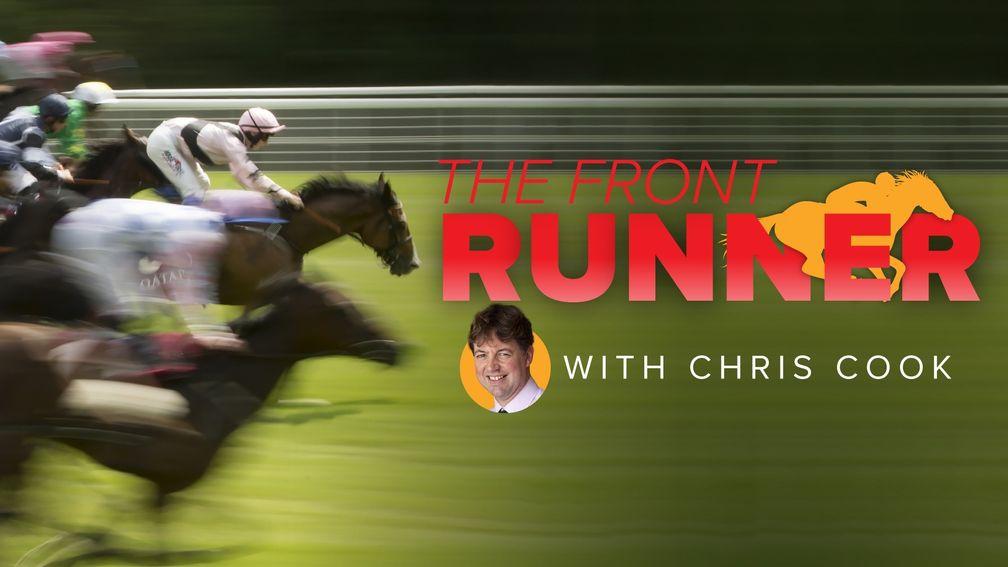Data shortage compelled Jockey Club and Aintree to take 'balanced view' over reducing Grand National field size

A scarcity of data for jump races with more than 25 runners meant the Jockey Club and Aintree were required to take a “balanced view” on the number of horses to remove from the Grand National based on research papers, internal analysis and feedback from professionals.
The reduction of the maximum number of runners in the Grand National was among a raft of changes announced for next year’s race, as well as the first fence being moved closer to the start and horses being made to begin from a standing start.
When the amendments were announced Aintree clerk of the course Sulekha Varma said they had been made after consideration of “research papers and internal analysis” without the data being made available, which led to the conclusion being reached to reduce the maximum field to 34 horses from 40.
Asked to supply the data, the Jockey Club said it was unable to disclose the internal analysis. However, Varma said various elements had been combined to reach the decision to reduce future National field sizes by six, with the belief that it would enhance safety without taking away from the “excitement of such an iconic sporting event”.
Varma said: “We’re fortunate in racing that we now have more information to analyse than ever before. However, while the Grand National is an iconic and much-loved event, its uniqueness as the sport’s only 40-runner race also presents us with challenges when it comes to data. In fact, there are very few 25-40 runner races in the UK that we can use to source meaningful data sets.

“Research and data available for jump races more generally highlights there is a direct correlation between the number of runners and the risk of falling, unseating or being brought down. However, it’s important to consider that reducing the field size by too great a number could potentially create a faster Grand National and have an adverse impact in terms of safety.
“The lack of data for 25-40 runner races means that it’s not as simple as being able to say that reducing the number of runners by X is going to result in Y. This meant our final decision to reduce the maximum field size to 34 was informed by a combination of academic studies, our own internal analysis, as well as the experiences of jockeys and trainers. We had to take a balanced view.”
The decisions to move the first fence for the Grand National closer to the start and begin the race from a standing position were made following assessment of times that showed horses were going at a greater speed on the first circuit, according to Varma.
“Research we commissioned this year to assist with briefing jockeys on how to ride the course safely and complete it highlighted the speed at which horses are meeting the first fence has increased significantly,” she said. “While that average speed was 28.5mph for the period 2013-2022, we know that that number was actually 34-35mph for the last three Grand Nationals.
“Since 2013 horses have also been completing the run from the first fence to Becher’s Brook [fence six] on average four lengths quicker than they were in the period prior. That’s 0.9 seconds quicker, which is significant.”
She added: “We’ll always prioritise the welfare of our horses and jockeys over everything else and to do that we need to make informed decisions. That’s why it’s really important to us to collect the data, analyse and learn on an ongoing basis.”
Read this next:
Grand National legends back field size reduction as Aintree unveils major changes to big race

The Front Runner is our latest email newsletter available exclusively to Members' Club Ultimate subscribers. Chris Cook, a four-time Racing Reporter of the Year award winner, provides his take on the day's biggest stories and tips for the upcoming racing every morning from Monday to Friday. Not a Members' Club Ultimate subscriber? Click here to join today and also receive our Ultimate Daily emails plus our full range of fantastic website and newspaper content.
Published on inBritain
Last updated
- Cheltenham ground quickens to good to soft, good in places on Thursday with weekend weather set fair
- Labour vice-chair of parliamentary racing group calls for 'urgent action to arrest financial decline' of the sport in Britain
- 'He won't be too far away' - Harry Fry hopeful In Excelsis Deo can bounce back in December Gold Cup
- The jockeys and trainers with the best records at Cheltenham this season - and their main chances at the December meeting
- 'You need to keep your powder dry' - Aidan Coleman on Cheltenham's two tracks as action switches to the New course
- Cheltenham ground quickens to good to soft, good in places on Thursday with weekend weather set fair
- Labour vice-chair of parliamentary racing group calls for 'urgent action to arrest financial decline' of the sport in Britain
- 'He won't be too far away' - Harry Fry hopeful In Excelsis Deo can bounce back in December Gold Cup
- The jockeys and trainers with the best records at Cheltenham this season - and their main chances at the December meeting
- 'You need to keep your powder dry' - Aidan Coleman on Cheltenham's two tracks as action switches to the New course